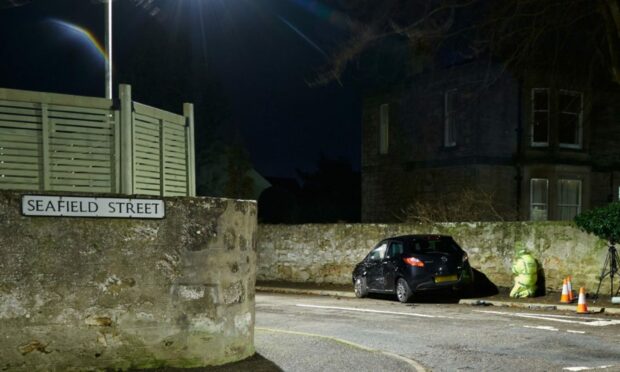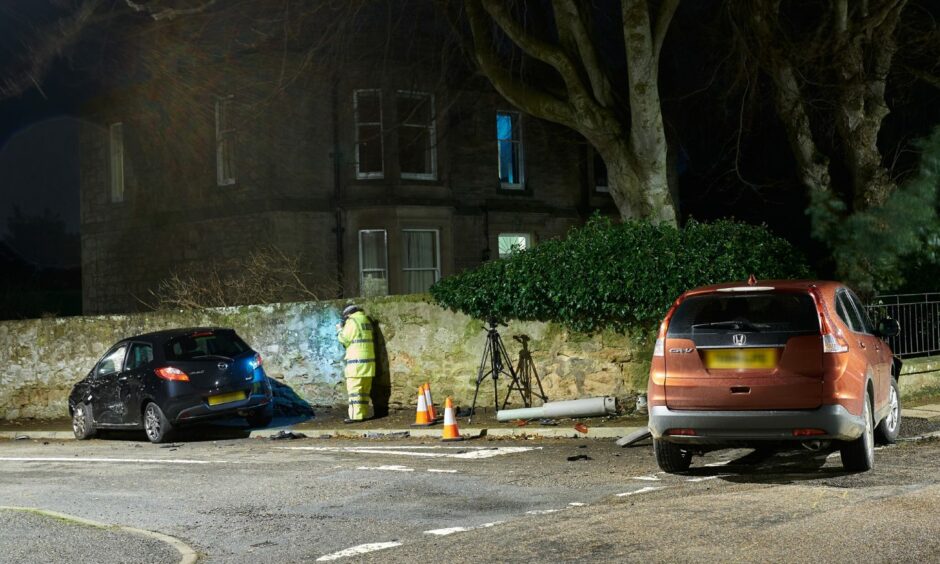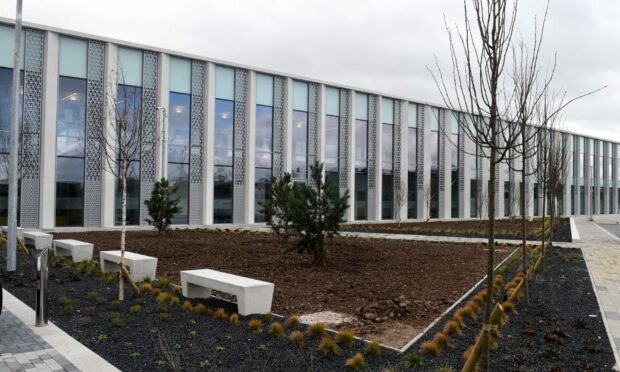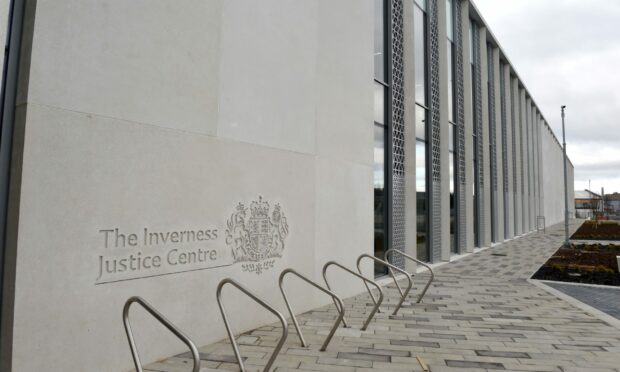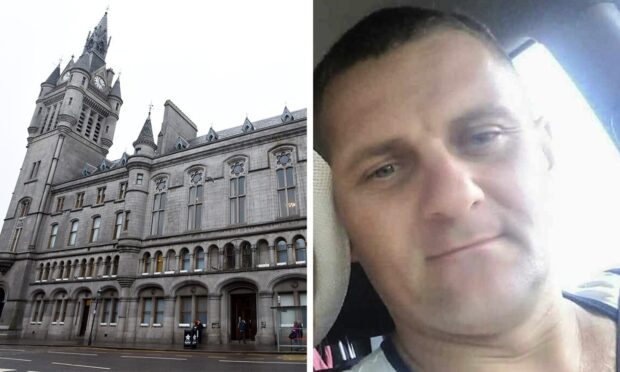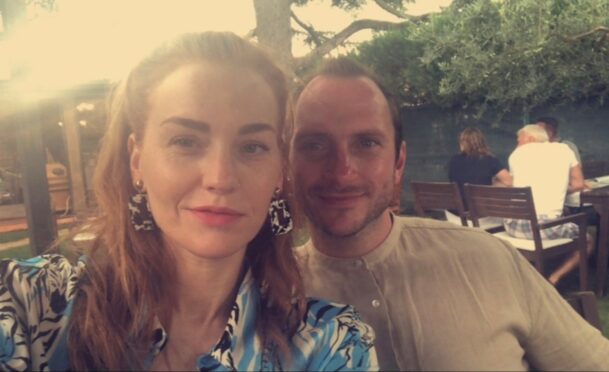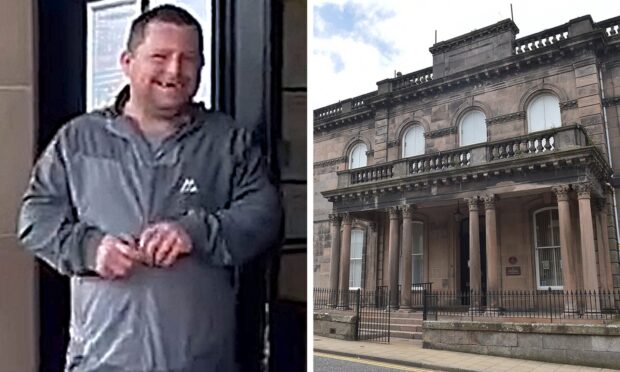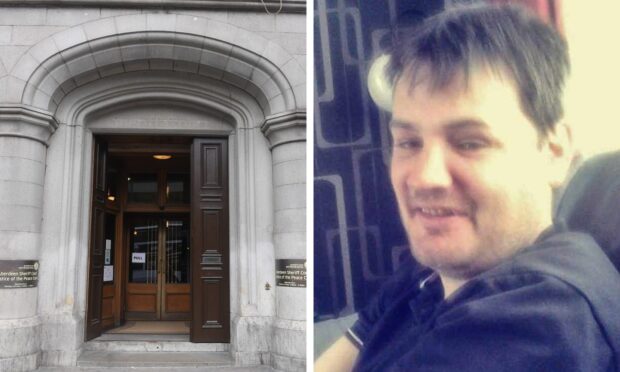A pensioner who struck and killed a 91-year-old man with her car insists “something happened” to her medically because she has no memory of the tragedy.
Christina Cameron, 75, is on trial accused of causing the death of James Alexander by driving carelessly in Nairn on January 21 2021.
Mr Alexander was hit by Cameron’s Mazda as he waited to cross the road and died in Raigmore Hospital four days later from severe spinal and pelvis injuries.
Cameron, of Osprey Crescent, Nairn, is alleged to have driven her car without due care and consideration, failed to maintain proper observations and failed to give way at the junction where the accident happened.
Giving evidence on day three of her trial at Inverness Sheriff Court, Cameron told fiscal depute Niall Macdonald she accepted she was behind the wheel when her car hit Mr Alexander at the Thurlow Road junction with Seafield Street, but has no recollection of it.
Her Mazda drove through a give way junction and into the path of a Honda CRV, which hit her vehicle and propelled it into Mr Alexander on the pavement. Her car then hit a wall.
She said: “It is a junction I have negotiated safely over the years. I am a careful driver. I don’t drive without thinking.
“Something happened to me. I don’t lose attention knowingly.
“It took me a long time to accept a pedestrian was involved. I have no knowledge of the accident. It is a complete blank. I have tried to remember what happened until my brain hurt.
“I recalled seeing a white Mini in the distance and then rising white lines before I was due to turn left.
“Then there was this almighty noise – a tremendous explosion. I did not have time to turn left and I was left trying to fathom out why I ended up on the other side of the road where I was not going.”
‘I am not denying the car I was driving caused this fatality’
Cameron said the crash has affected her confidence to drive.
“I have not continued to drive since the accident,” she said. “I can hardly bear looking at a car. But recently I took three or four lessons in an automatic car. I will have to gain a lot of strength before I have the confidence to drive again. I want to drive in the future.”
The trial has previously heard expert testimony about syncope (fainting), its symptoms and causes – and the possibility that Cameron could have had a brief blackout after getting into her warm car after the bitterly cold day.
Cameron accepted she had never had a blackout prior to the tragedy nor had one since.
“I am not denying the car I was driving caused this fatality. But I didn’t do it knowingly,” Cameron said.
Experts divided over possibility of fainting spell
Dr Stuart Hutcheon, a consultant cardiologist at Ninewells Hospital in Dundee, told the presiding Sheriff Ian Cruickshank that it was “very unlikely” that Cameron had a syncope episode.
He said he was given witness statements and medical records which helped him reach his conclusion.
However defence counsel Ewan Dow will call his own expert witness, Professor Adrian Brady, next week, who was shown the same evidence.
He disagrees with Dr Hutcheon’s verdict and said syncope could have been brought on by a dramatic change of temperature.
Cameron told Mr Dow: “I have never experienced cold like it that day. I had a pain in my chest it was so cold. The heating in the car was turned up high.”
The trial will resume on Wednesday.
